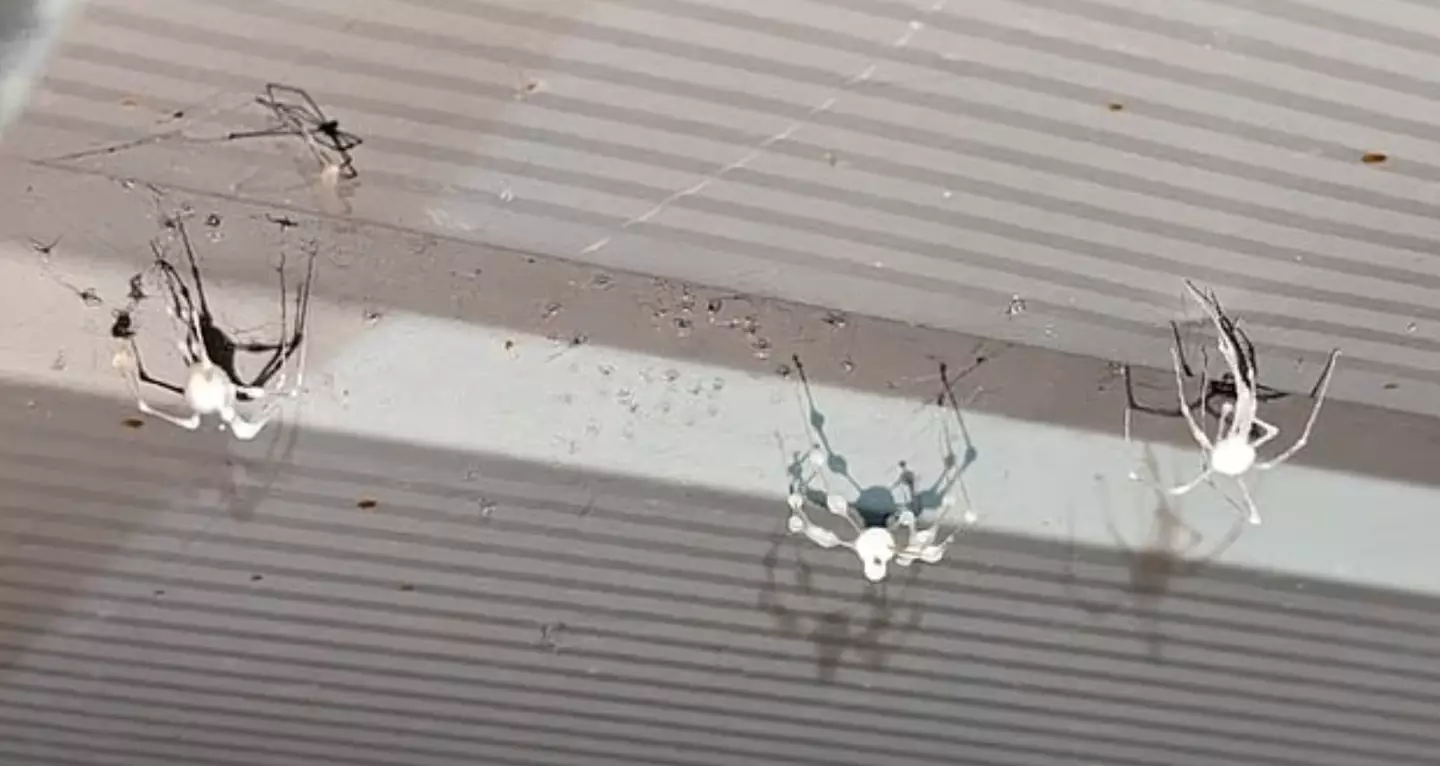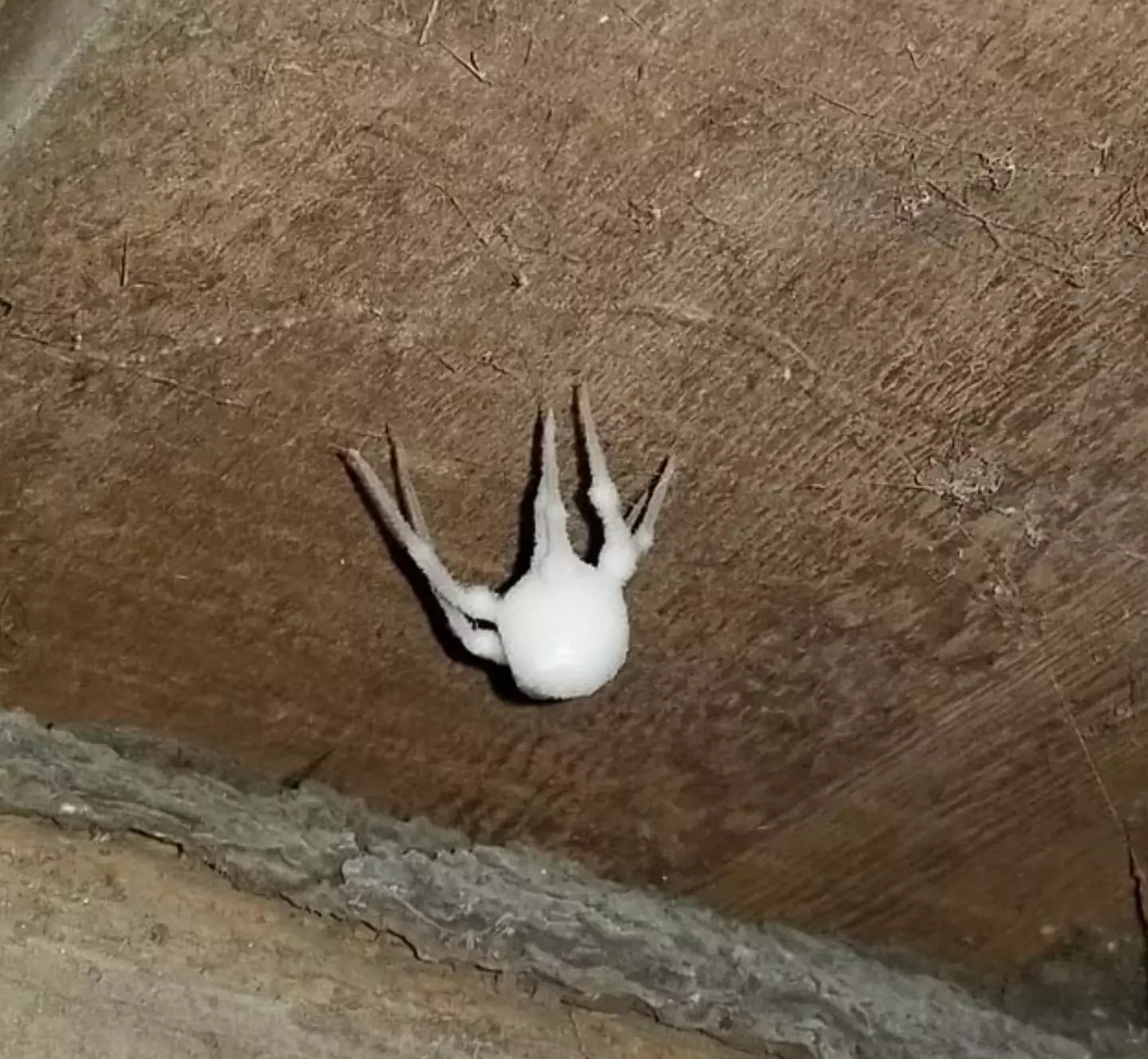An extraordinary fungus believed to be transforming spiders into ‘zombies’ is currently spreading through homes across the US, despite not having been observed in the country before.
Earlier in the year, the recently identified fungus, Gibellula attenboroughii, caught attention after it was discovered affecting ‘cave-dwelling, orb-weaving spiders’. These infected arachnids were found on cave ceilings or walls, and the method by which G. attenboroughii propagates is both fascinating and eerie.
In essence, once a spider is infected by the fungus, it undergoes behavioral modifications akin to the way the ant fungus manipulates its hosts. The fungus drives the spider to move to an exposed area, enhancing the dispersal of its spores through air currents.
In this process, a neurotoxin ultimately kills the spider while an antimicrobial compound preserves its body. This allows the fungus to proliferate and consume the spider’s nutrients.
Harry Evans, a researcher from the Center for Agriculture and Bioscience International, who has been involved in studying these ‘zombie’ spiders, has elaborated on the workings of this process.

“There’s a lot more fungi to find,” Evans mentioned to Live Science. “The fungal kingdom could be up to 10, 20 million species, making it the biggest kingdom by far, but only one percent have been described.”
Evans further commented: “Their [fungi] role in spider-population dynamics warrants further study, as does the metabolites they produce which enable them to exploit such a highly specific ecological niche.”
Researchers emphasize that these fungi pose no danger to humans, although they have been spreading throughout homes in the US.
“Infecting humans would require many, many millions of years of genetic modifications,” explained João Araújo, a mycologist at the Natural History Museum of Denmark.
You might be wondering, what does a ‘zombie’ spider look like in reality?

Photographer Ben Mitchell shared with the WSJ that his first sighting of this peculiar species took place in Scotland in July 2024.
Describing what he witnessed, Mitchell stated: “I saw this amazing candyfloss thing stuck to the underside of a leaf. It had a membrane of threads around it holding it in place, and all I could see of the spider was its toes sticking out.”
Though its appearance may raise eyebrows, the fungus could hold potential for medical breakthroughs, according to lead researcher Evans.
The compounds the fungus generates might be a ‘medical treasure chest’, opening possibilities for antibiotics and other medical innovations.

